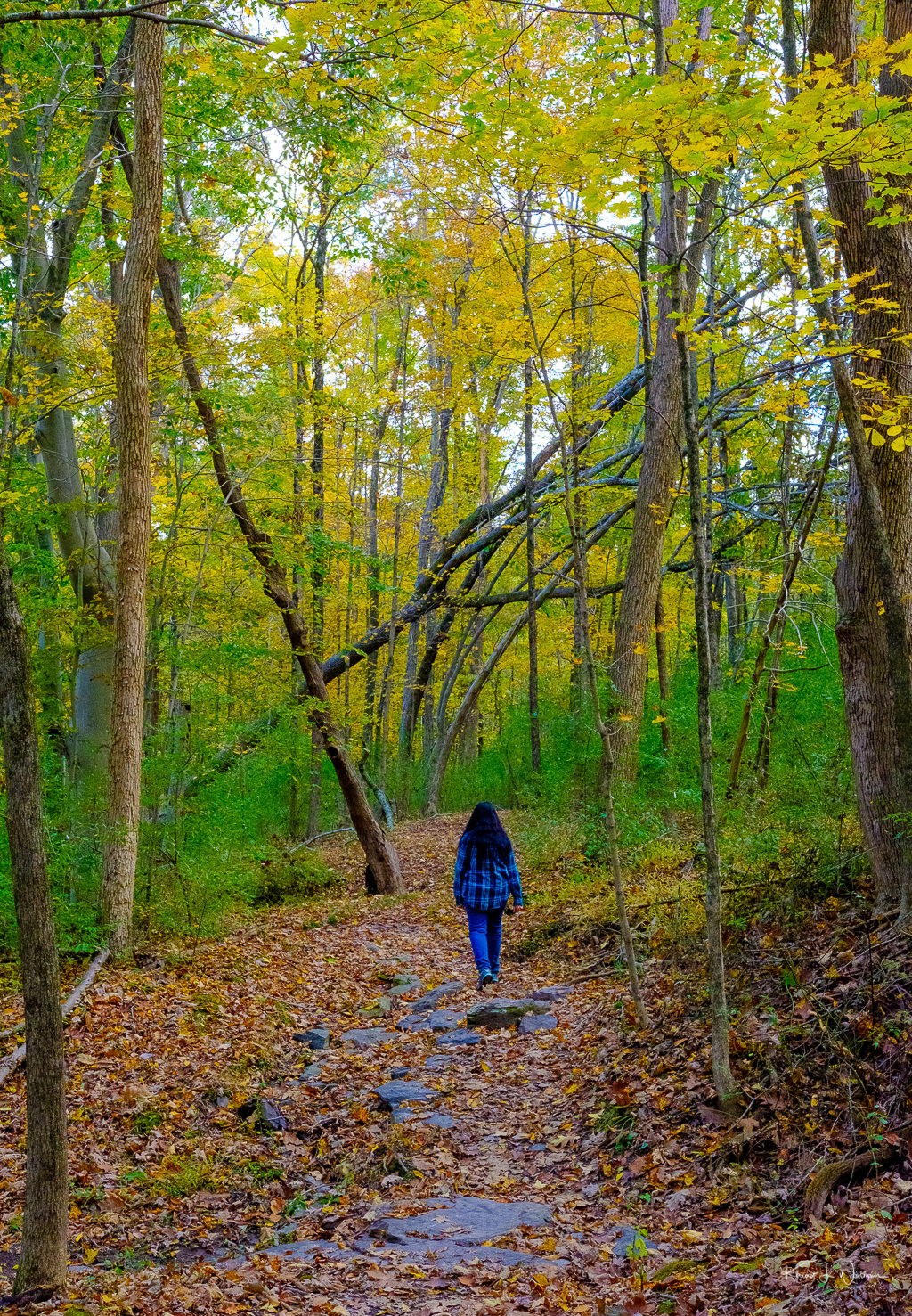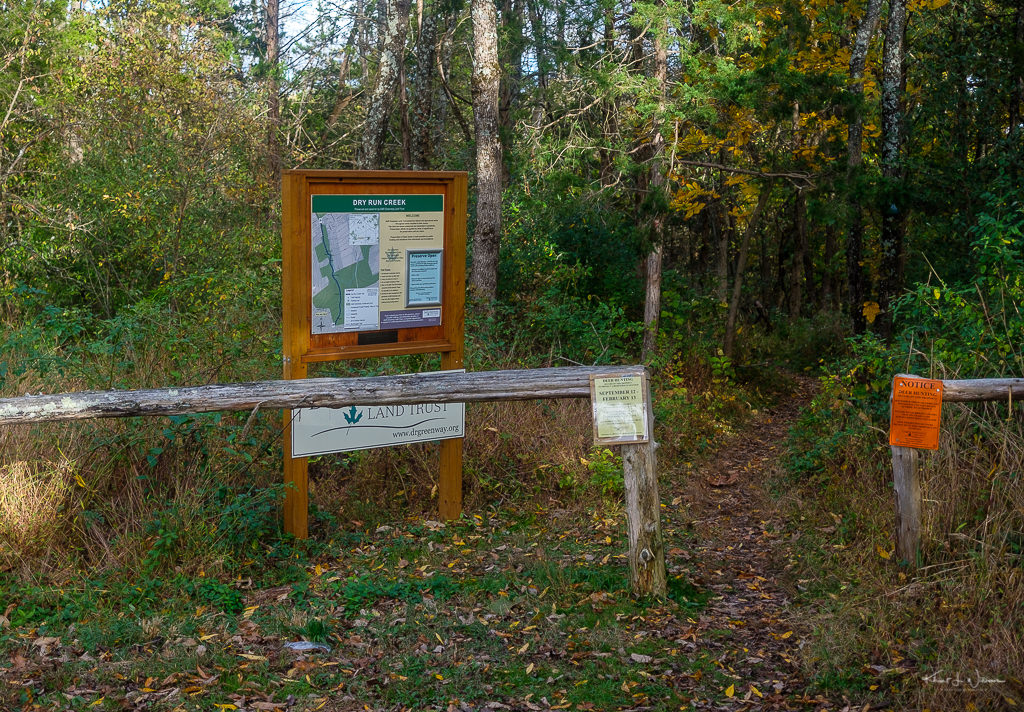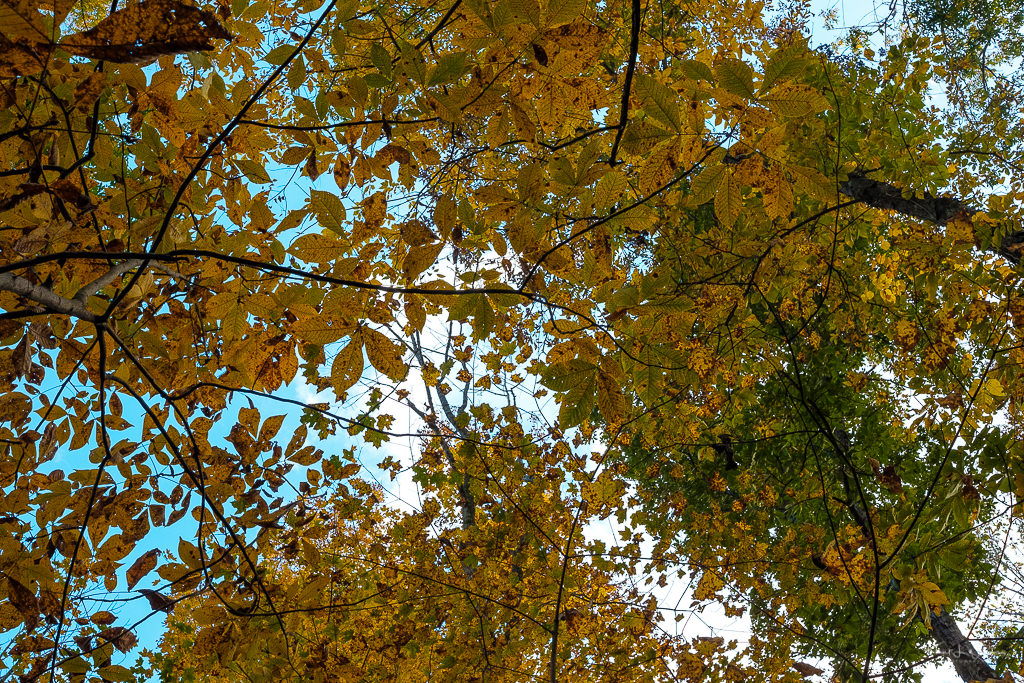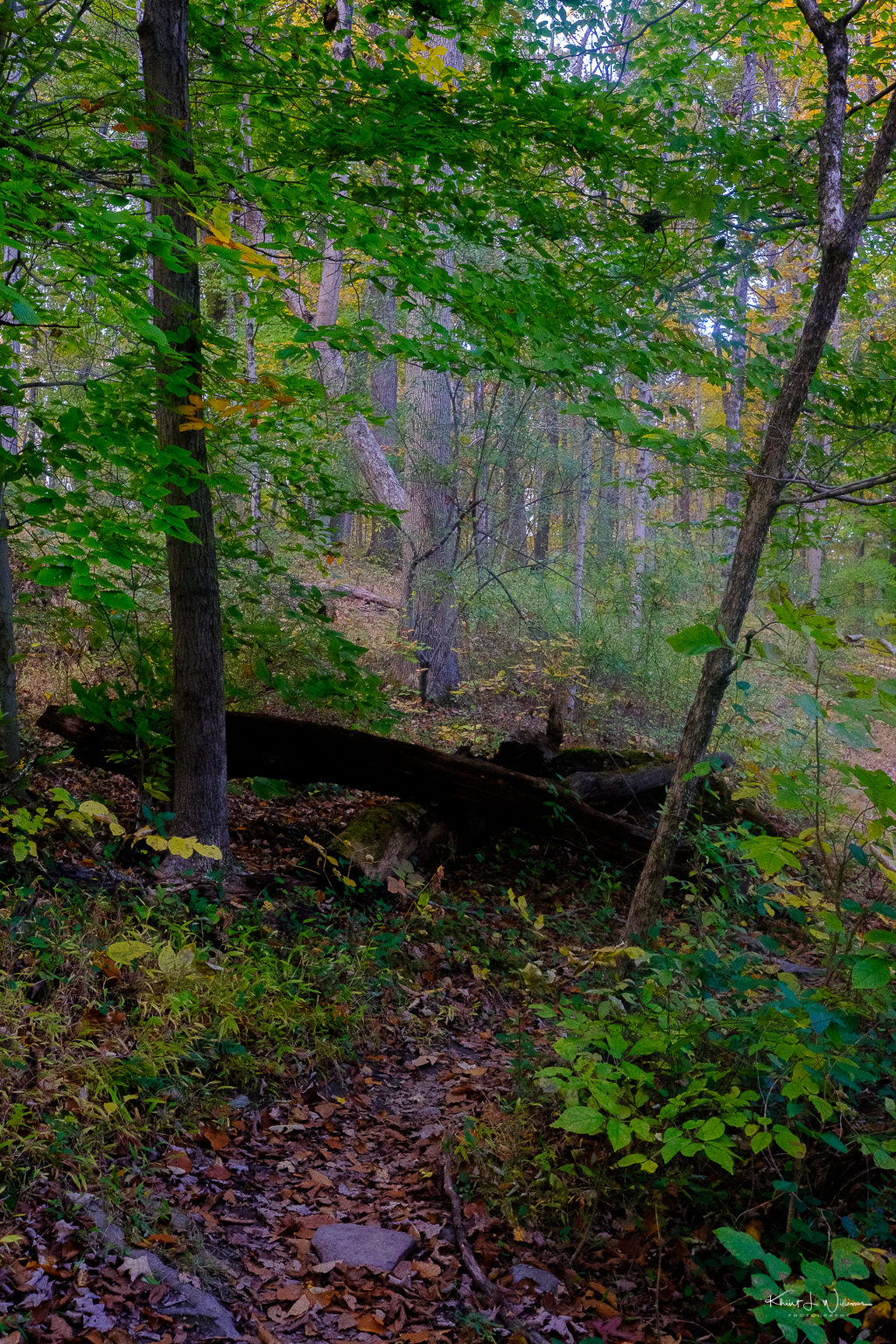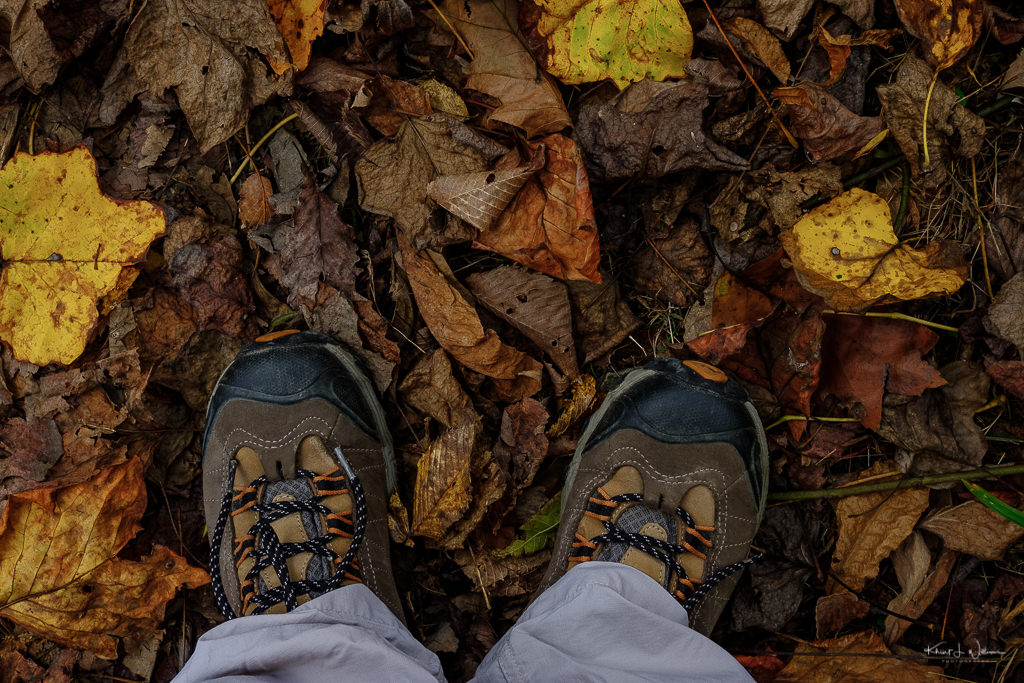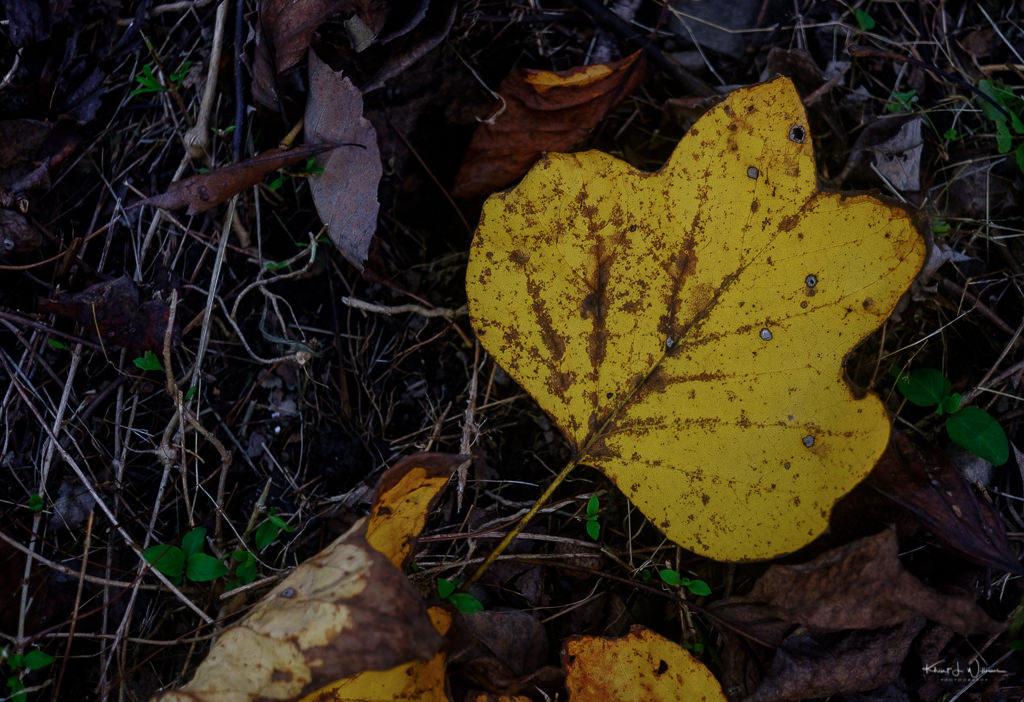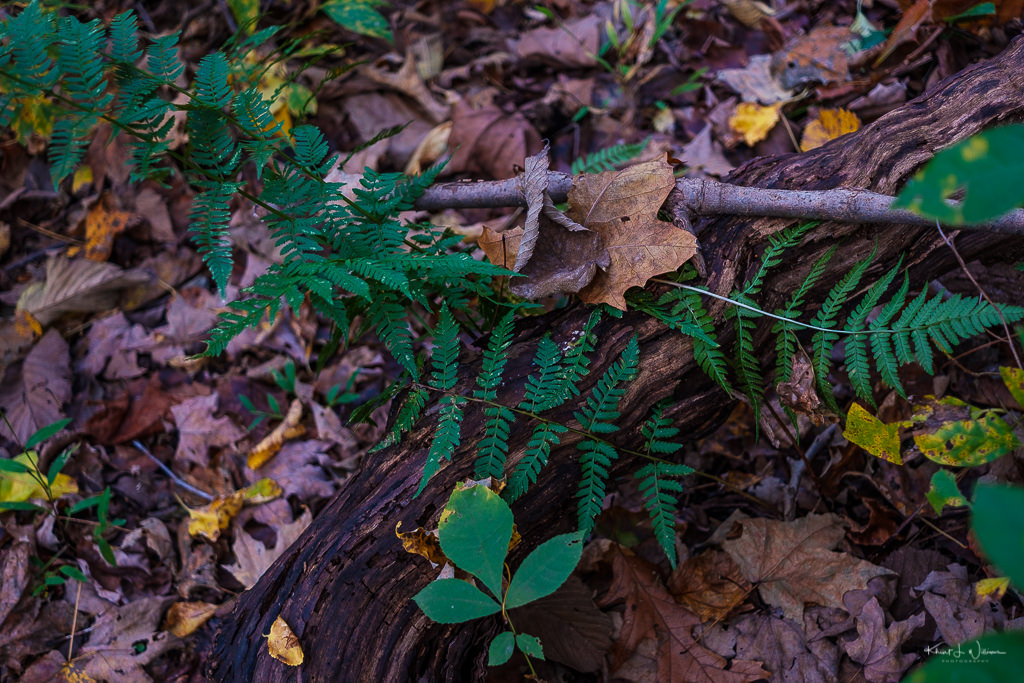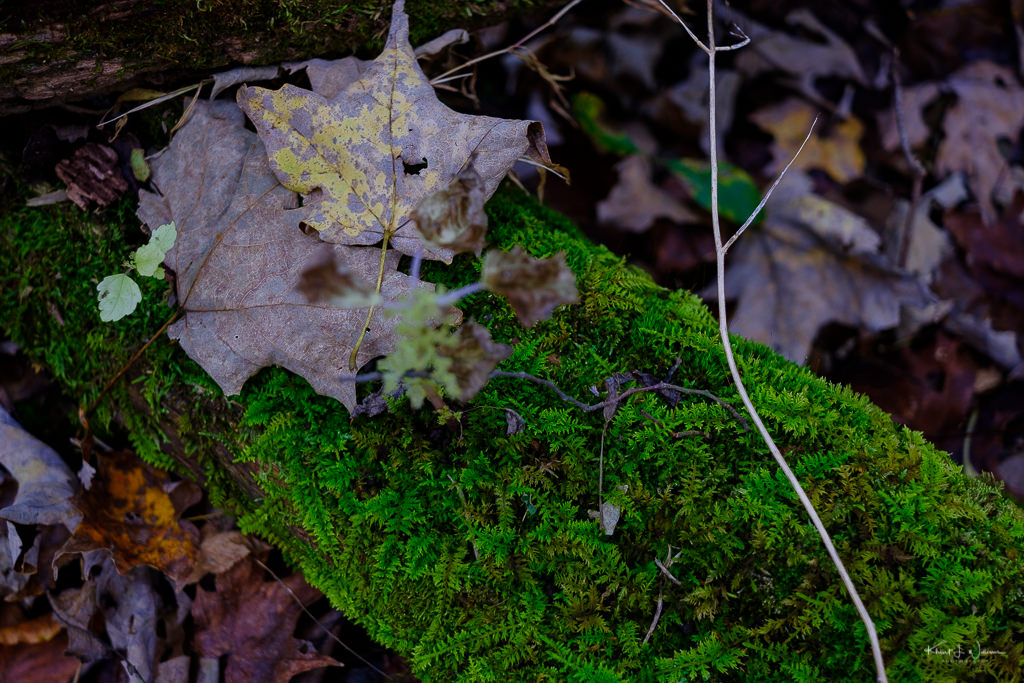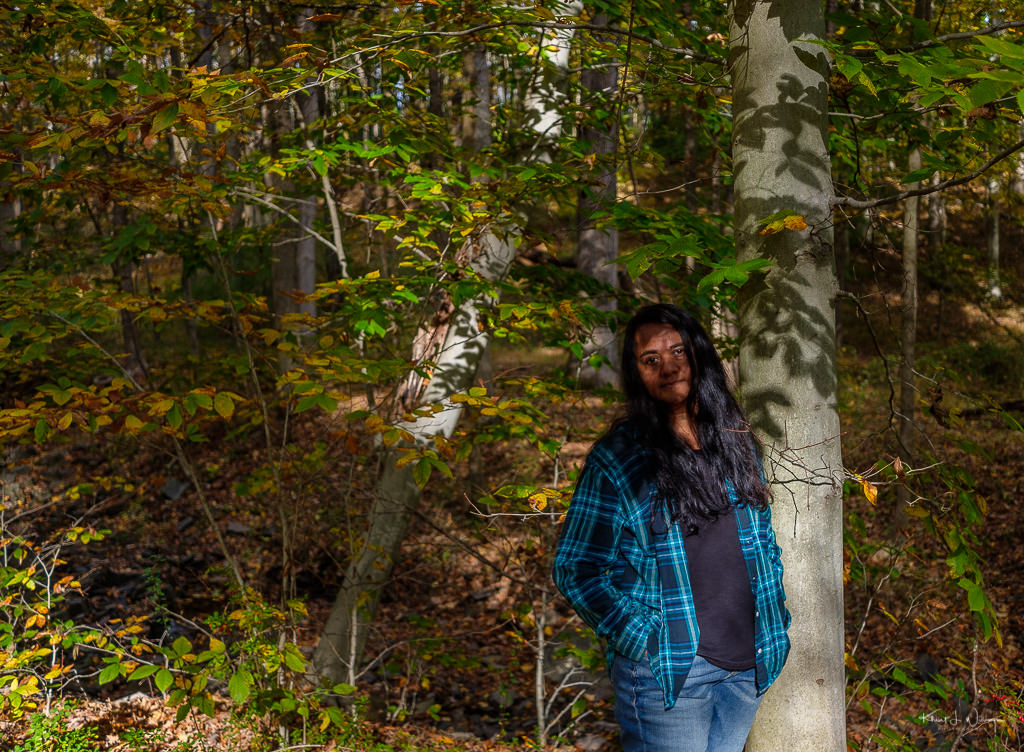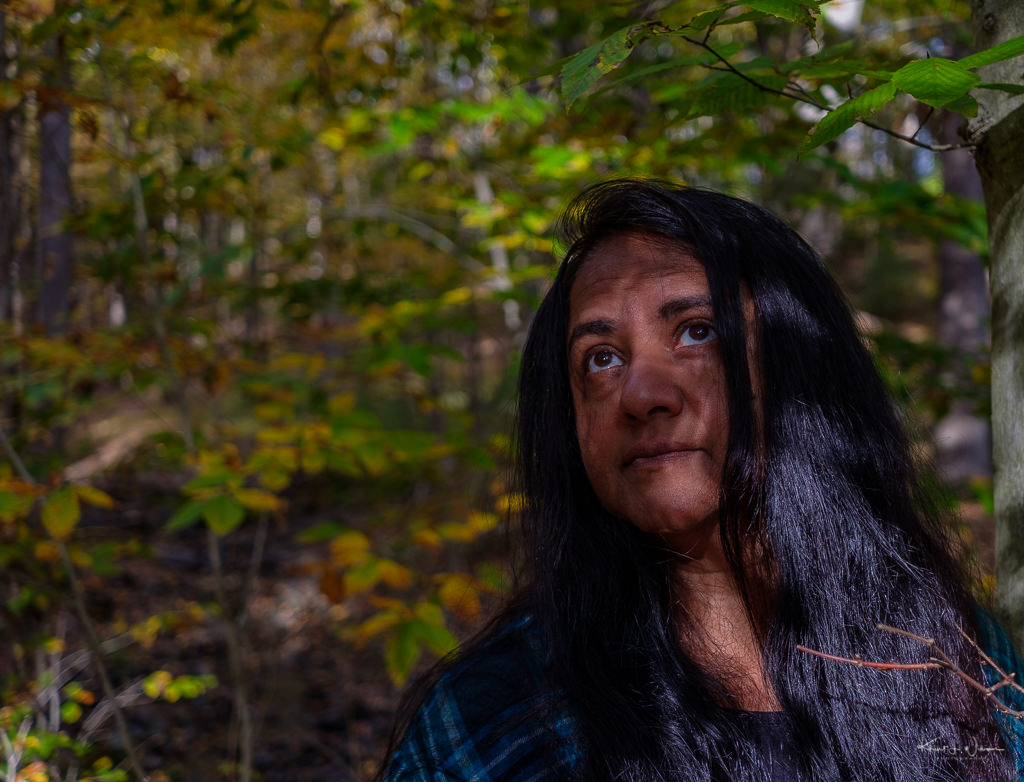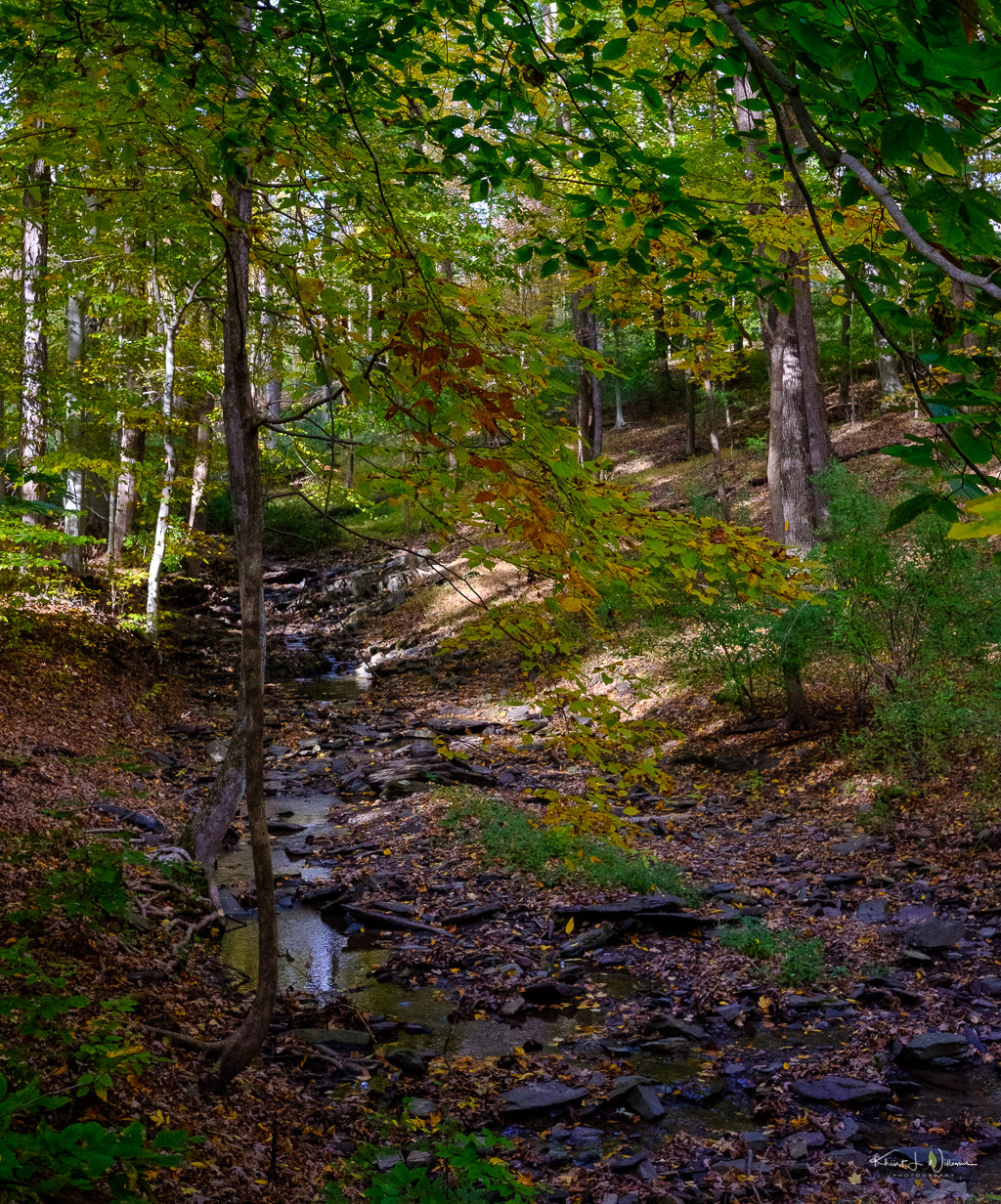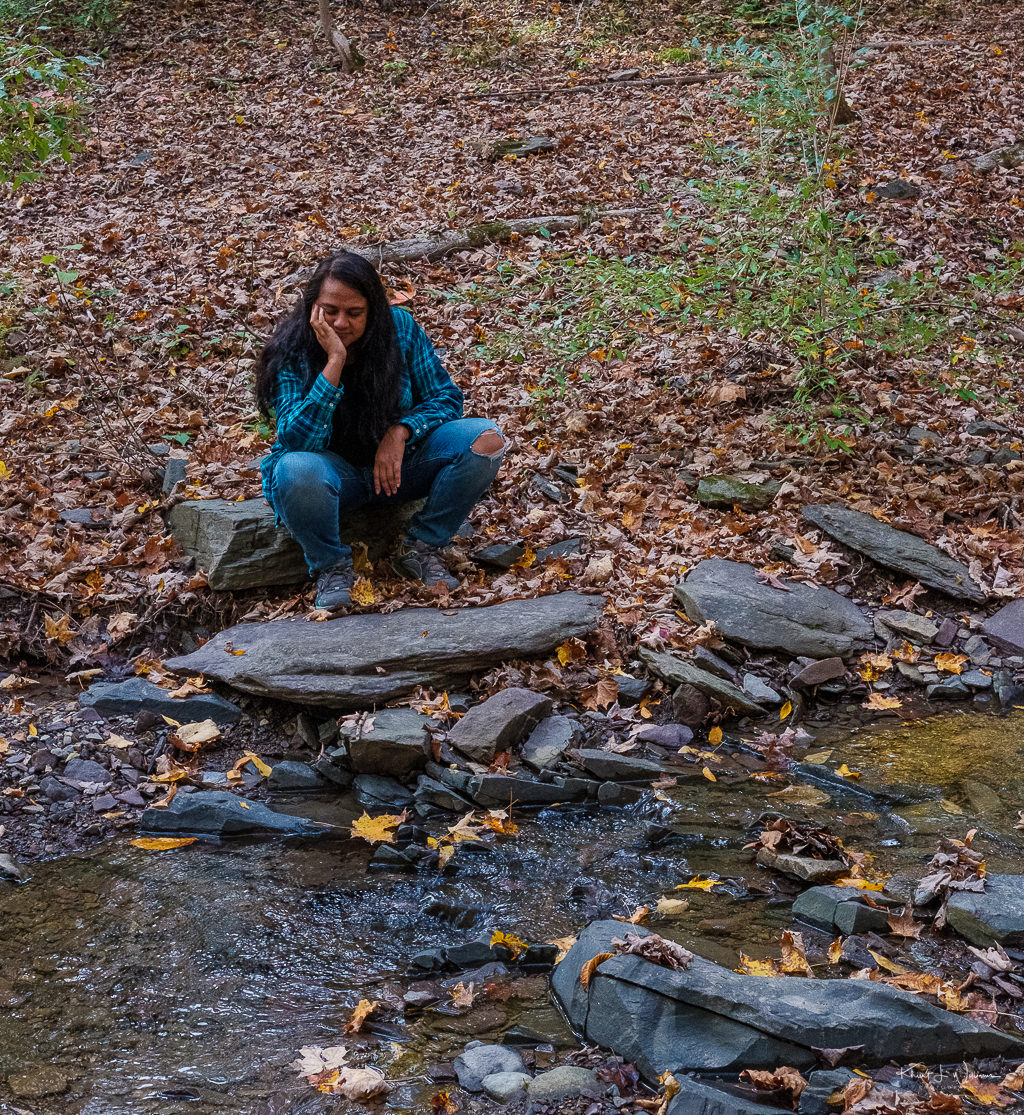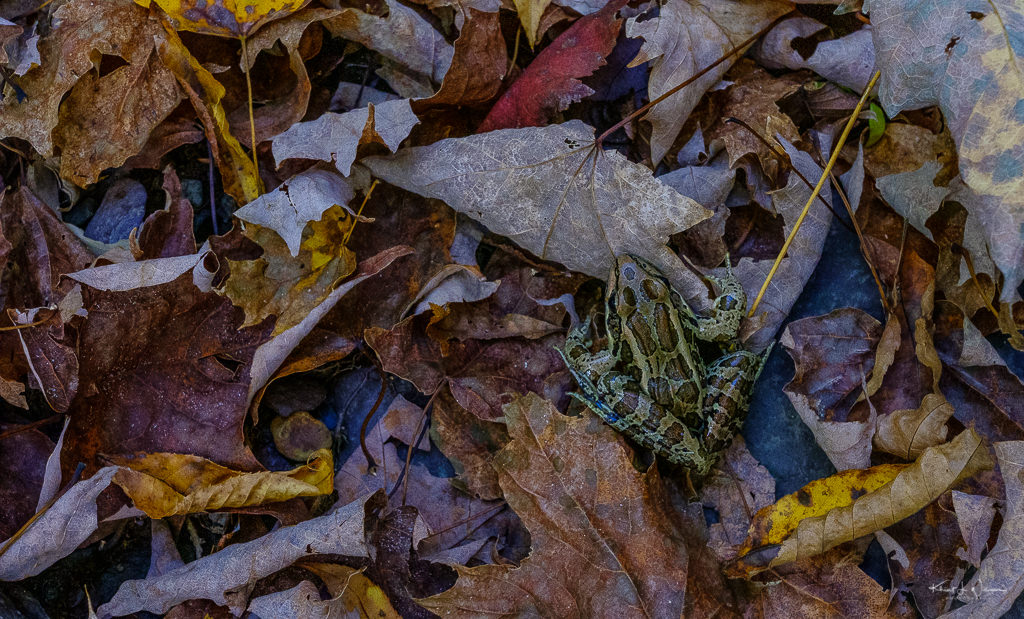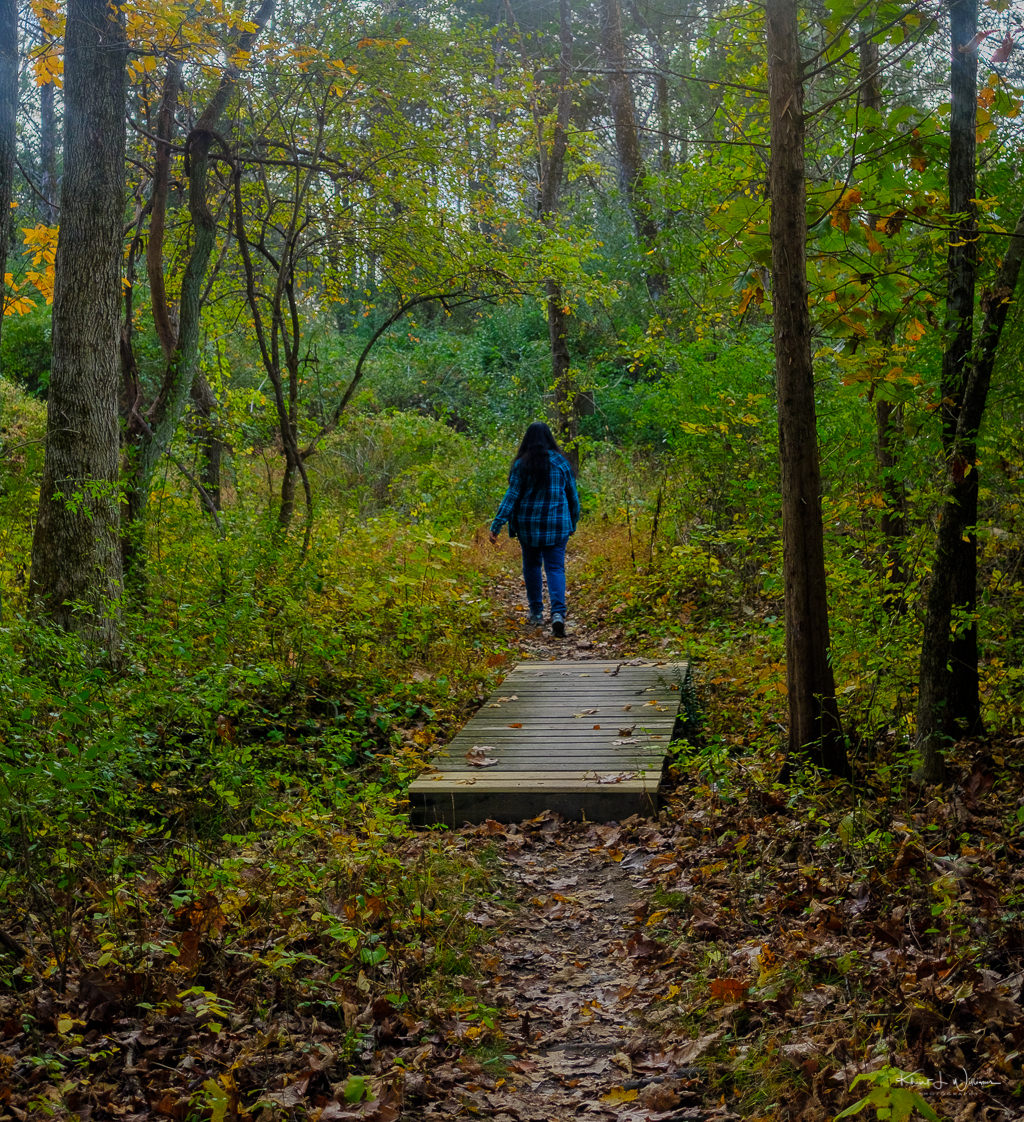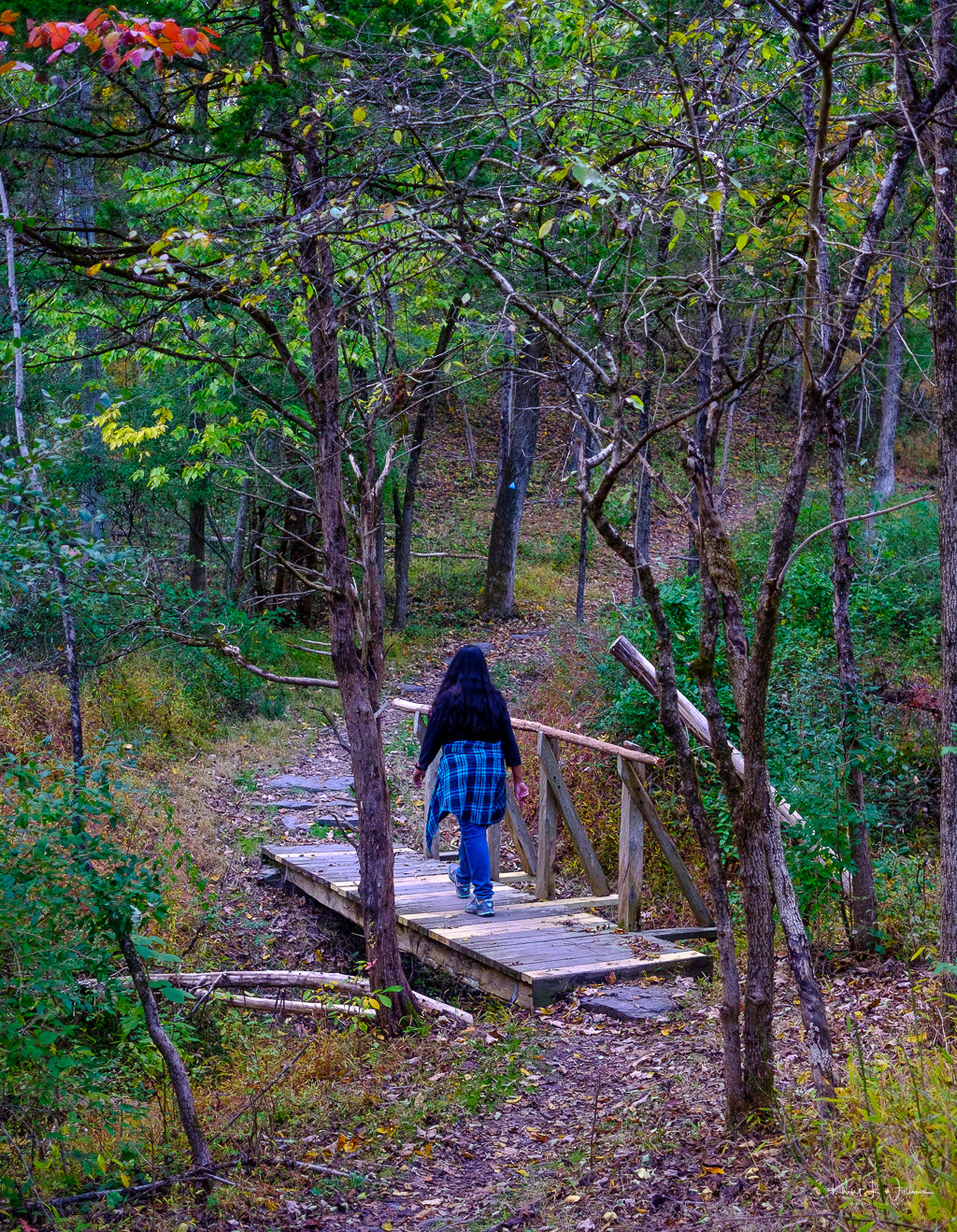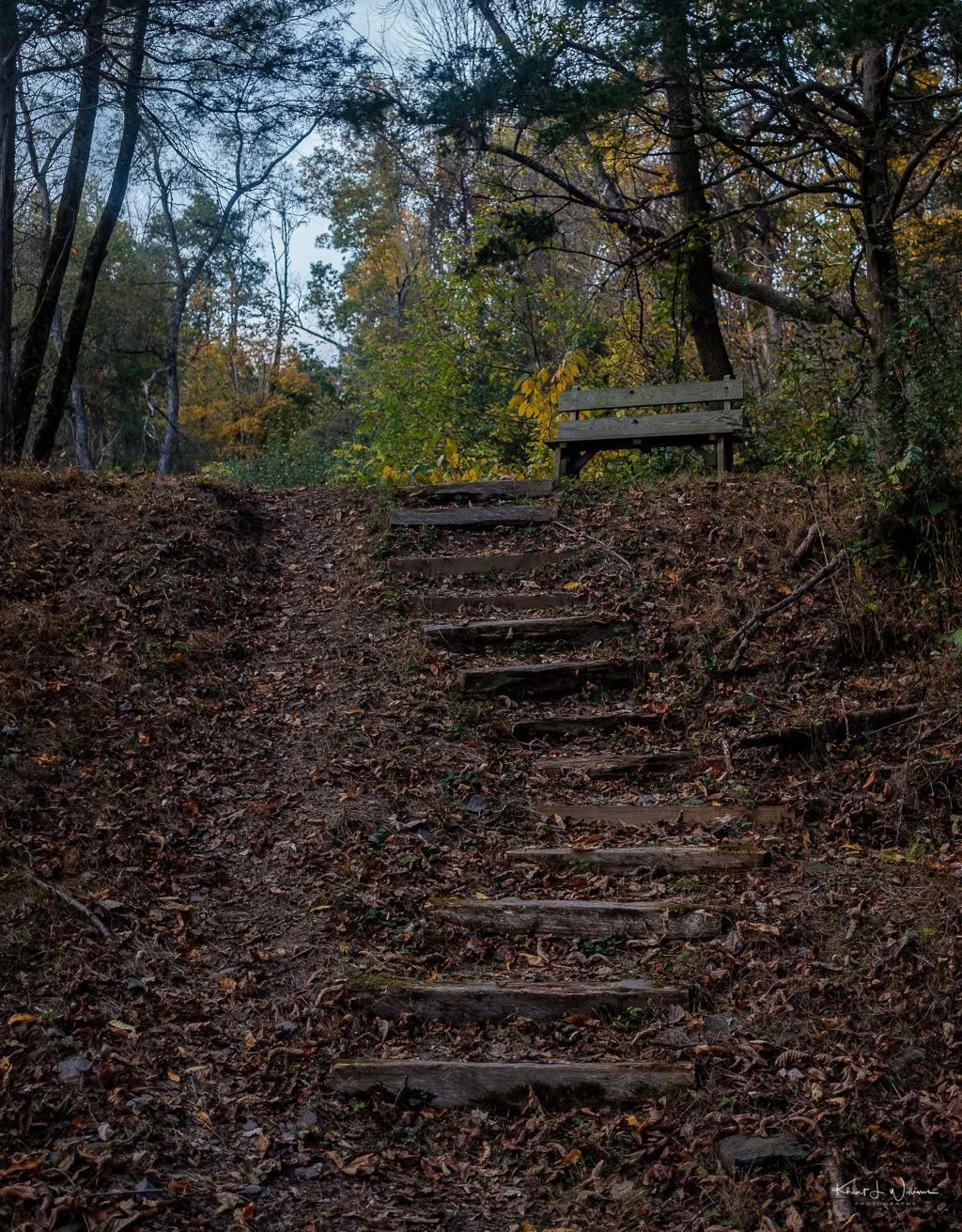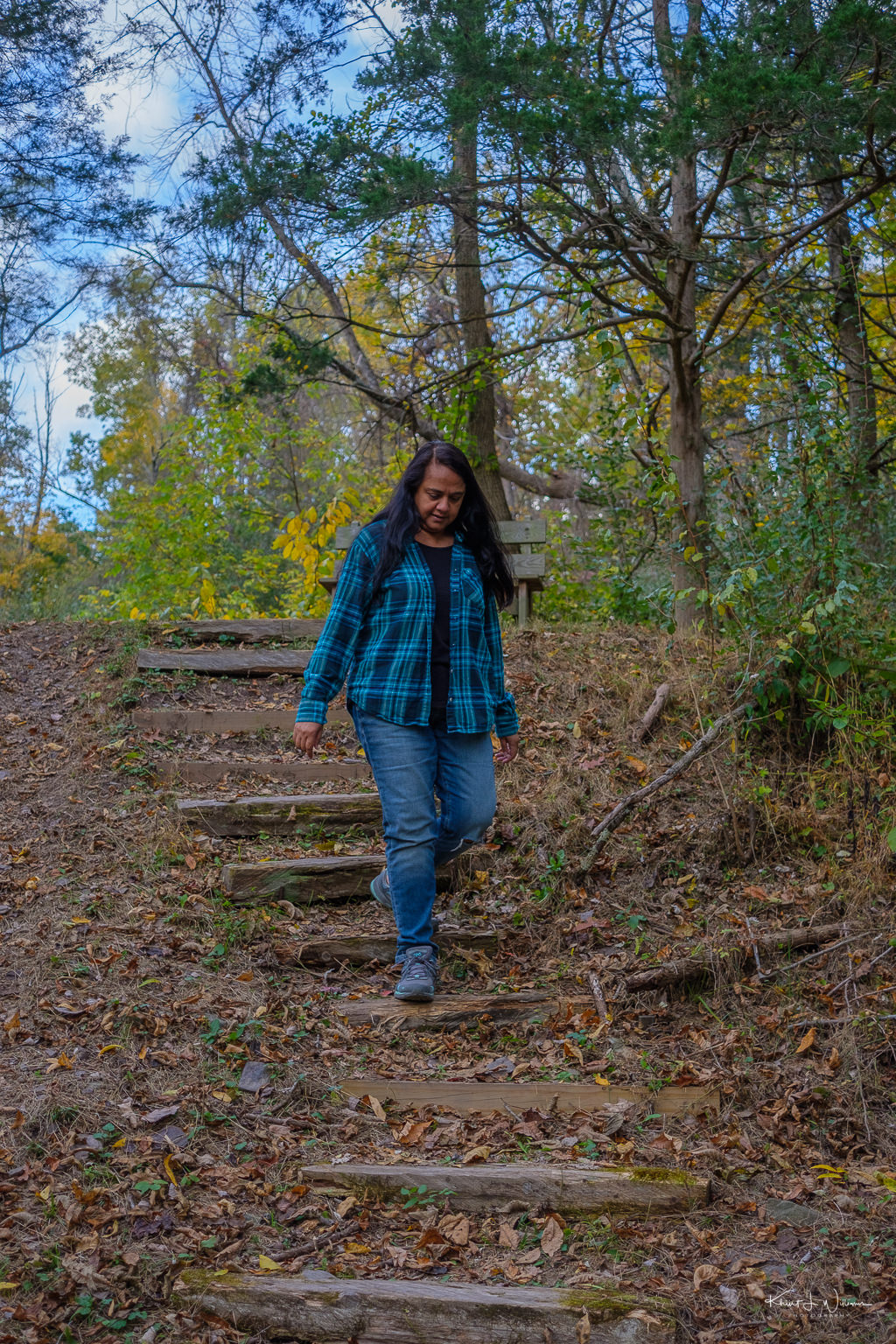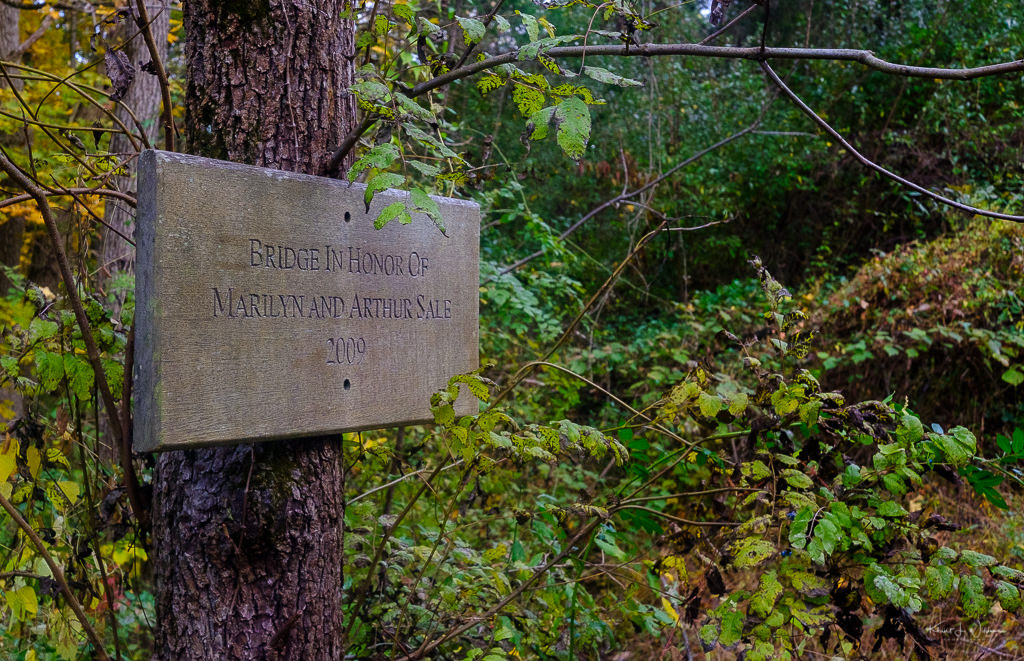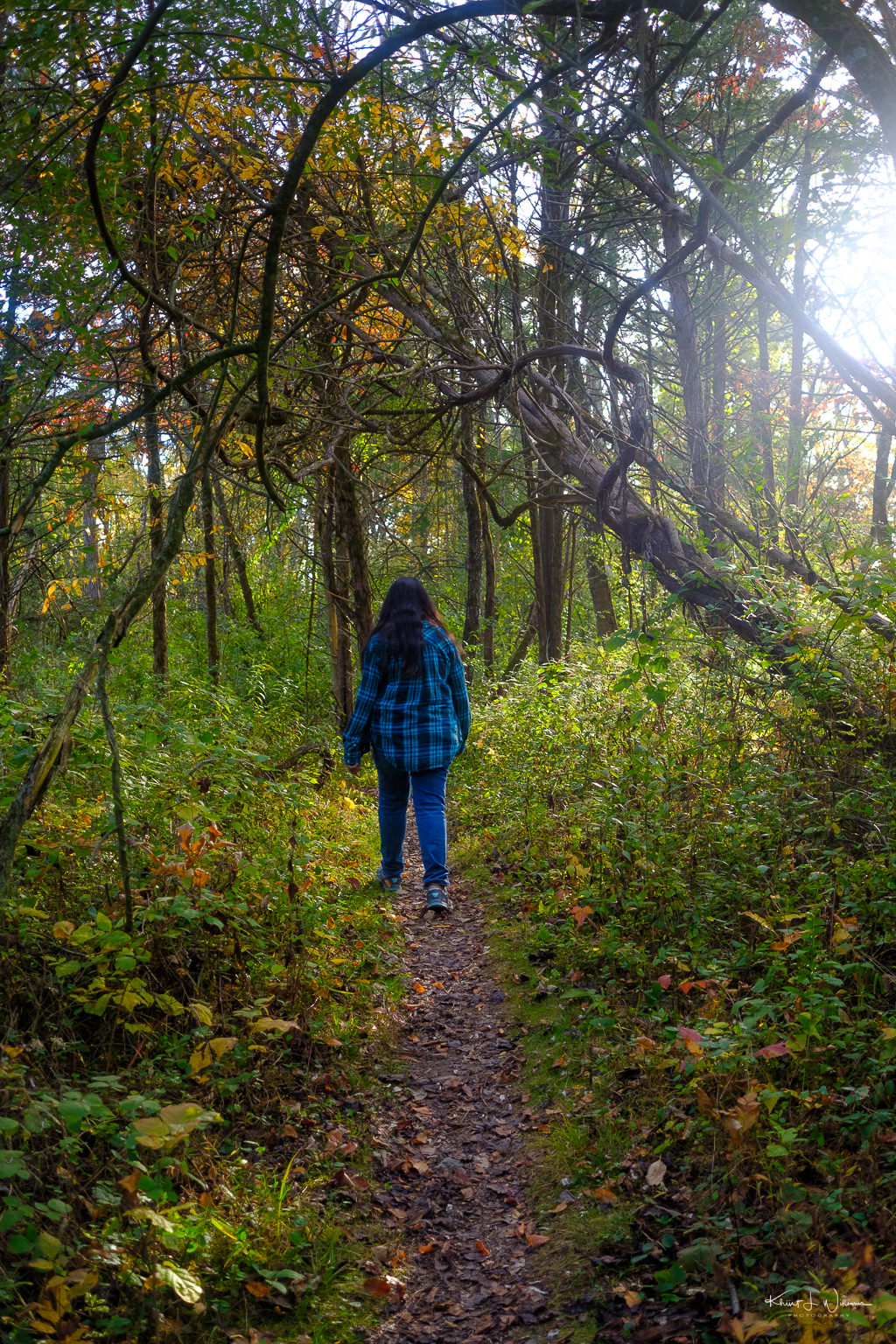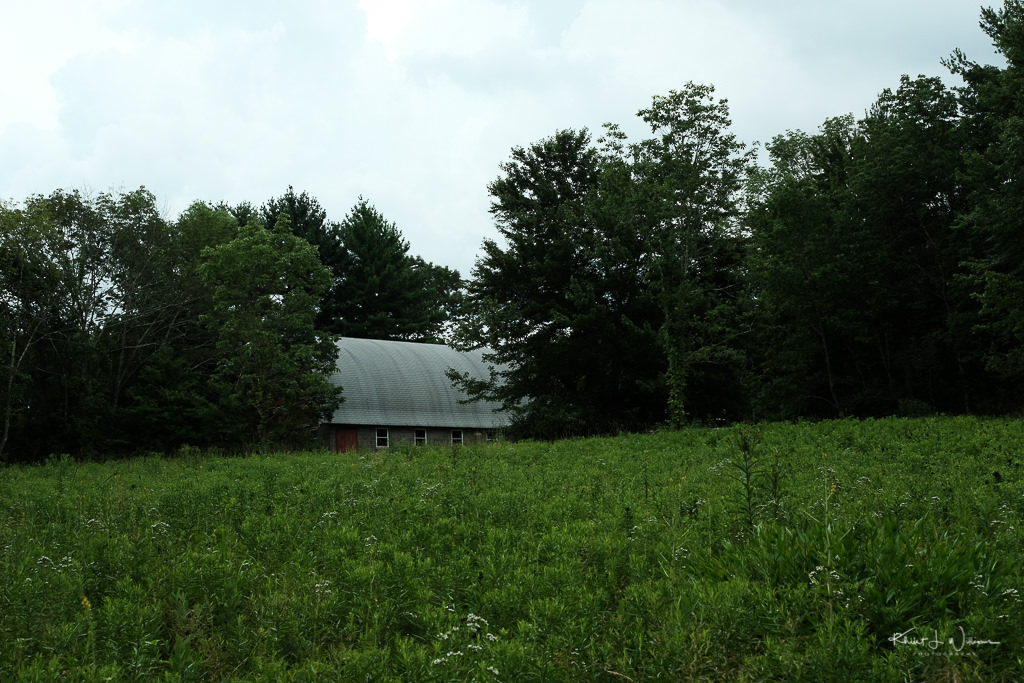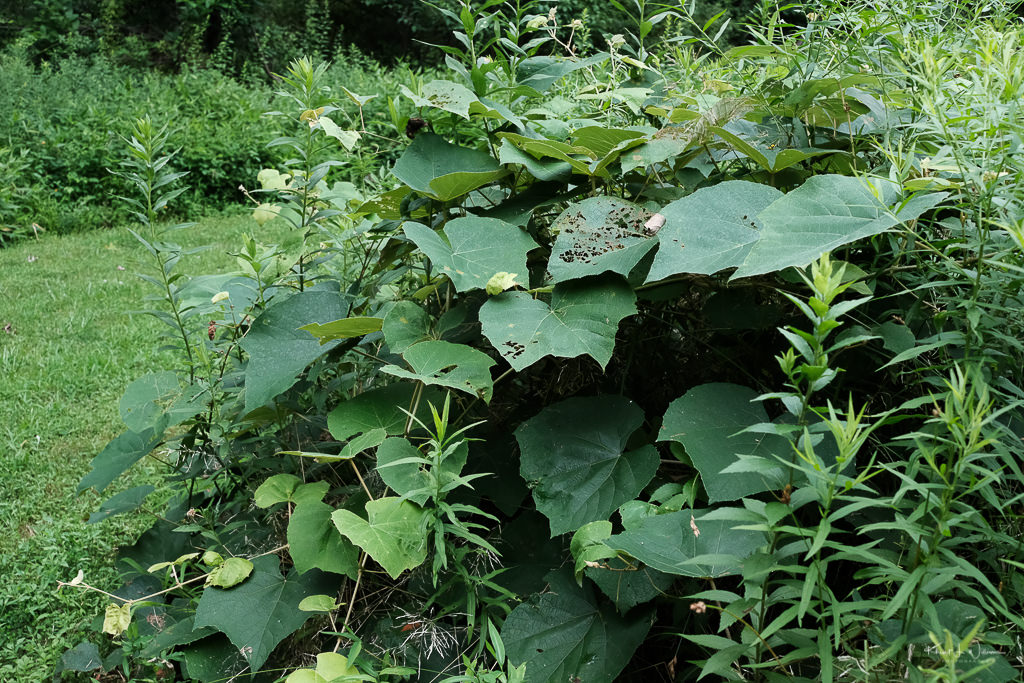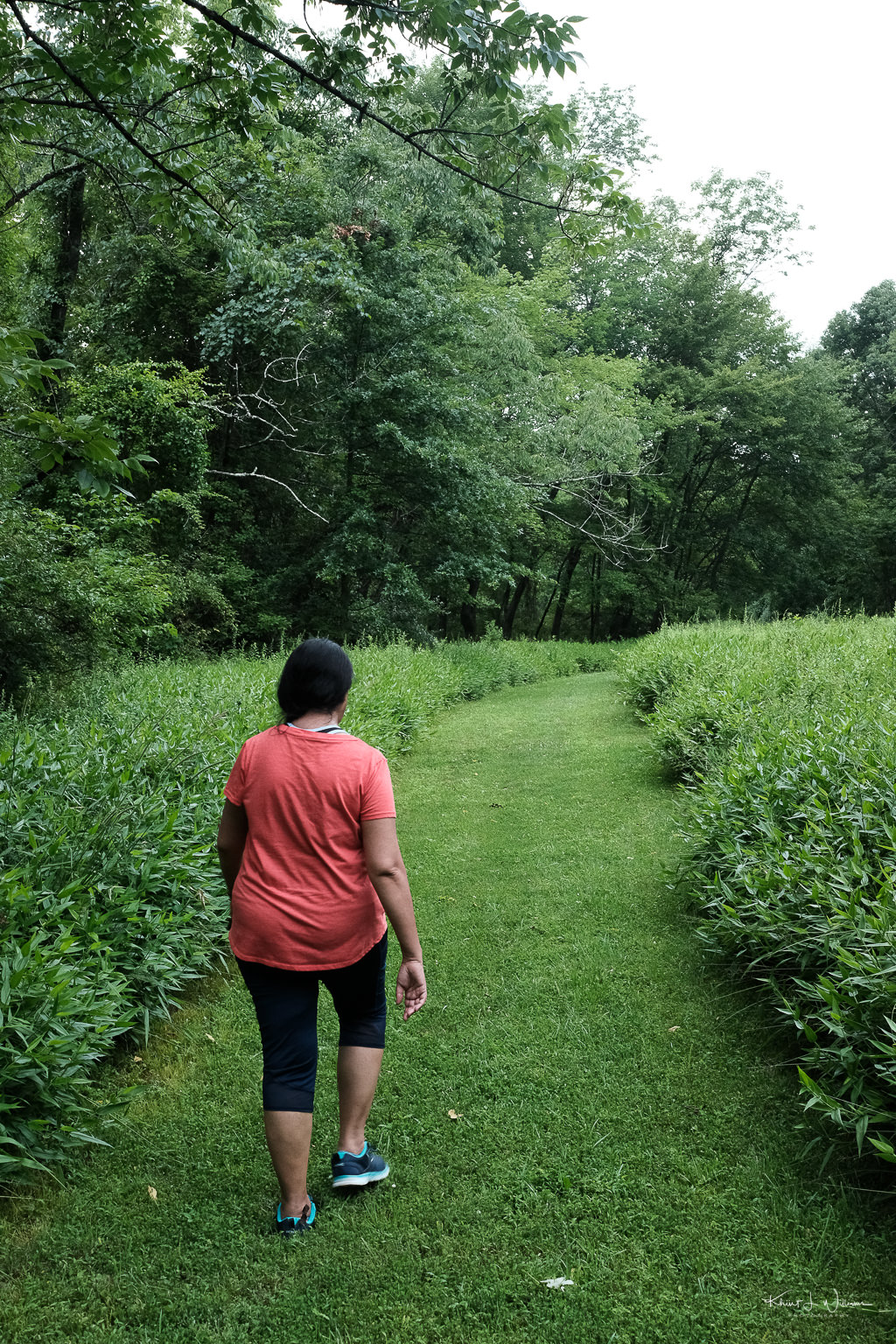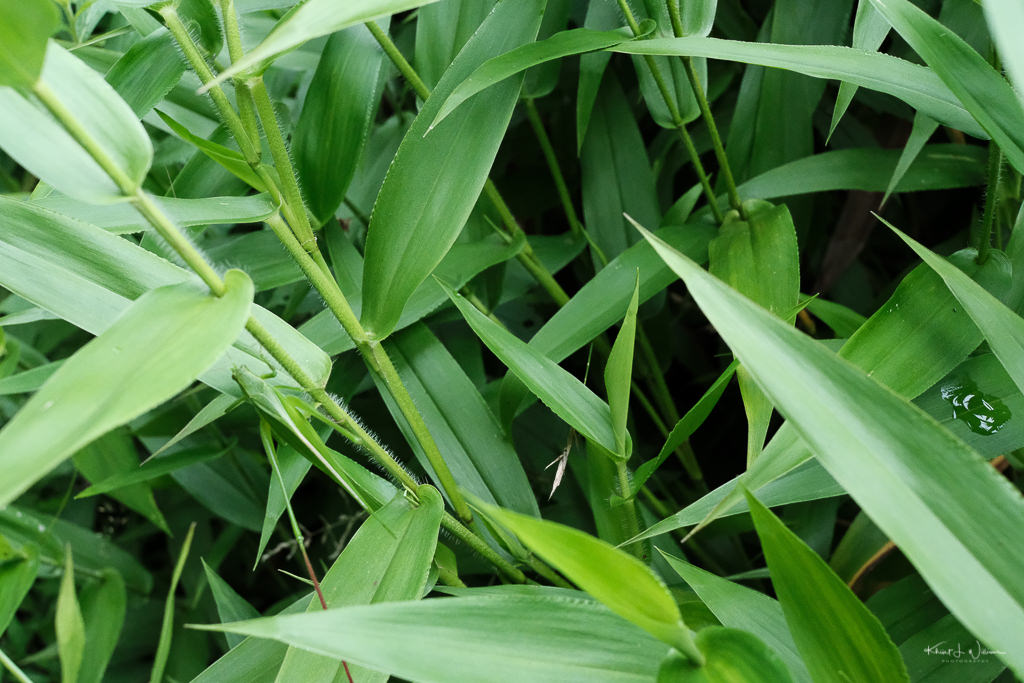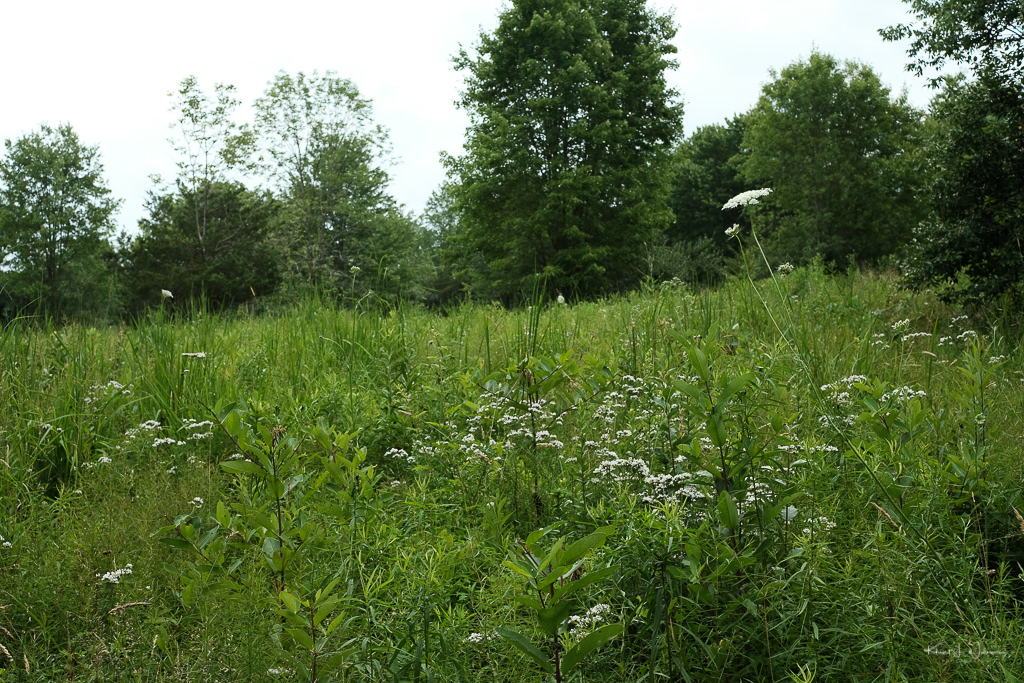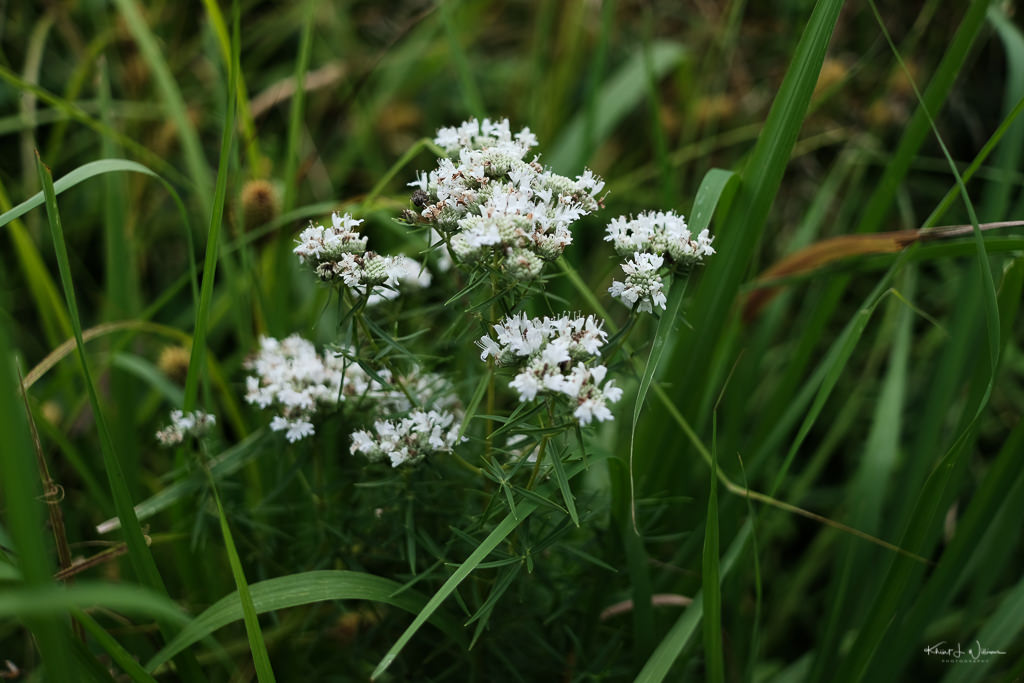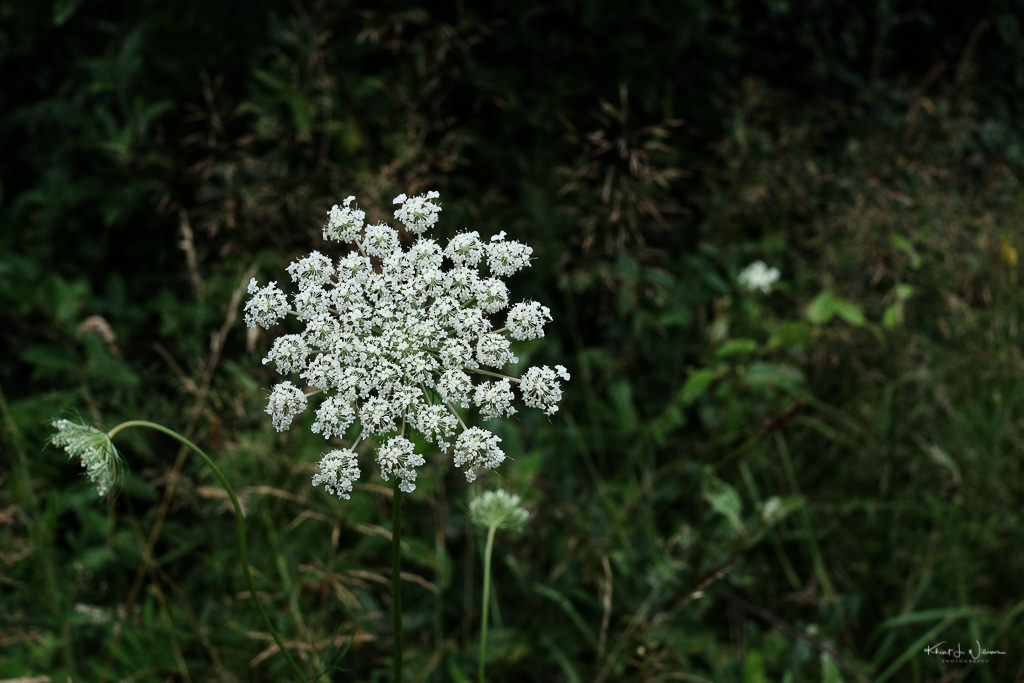Monday
I accidentally broke the saucer for my favourite Hasami Porcelain coffee mug. After enjoying a simple breakfast of toast and coffee while watching the Formula 1 Spanish Grado Prix qualifying race, I made a silly error attempting to carry some things to the kitchen with the mug and saucer balanced between my thumb and pinky finger. The saucer fell to the sofa, the mug followed, and the two collided. I was upset, but in the moment while I collected all the pieces to put into the trash can, I remembered reading about Kintsugi, the Japanese art of putting broken pottery pieces back together with gold glue. I am excited about trying kintsugi and creating an even stronger, more beautiful piece of art.
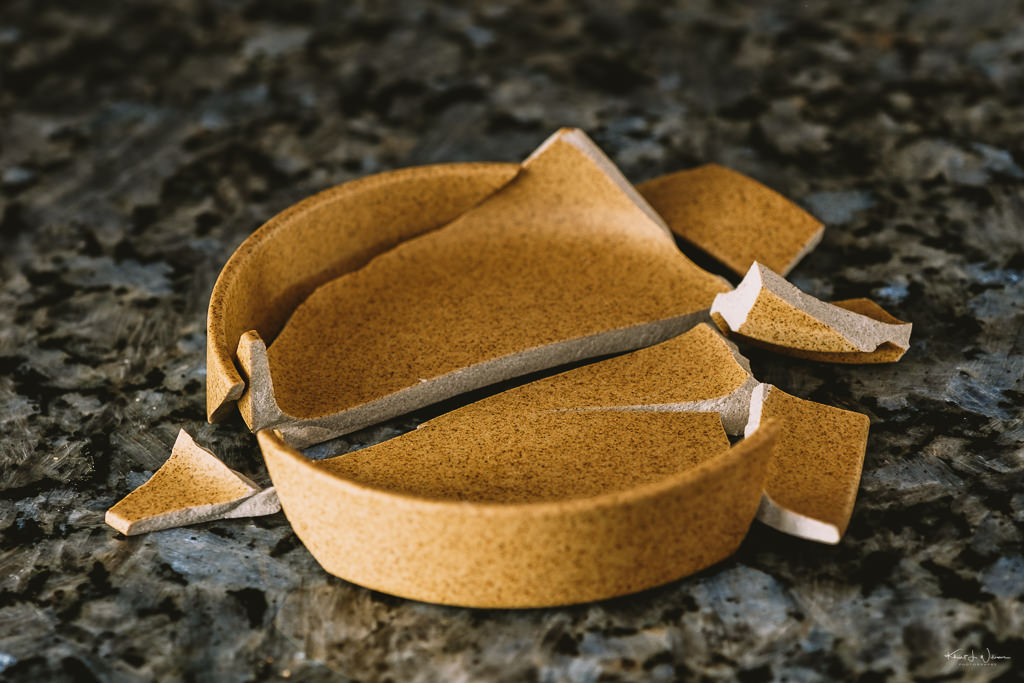
Tuesday
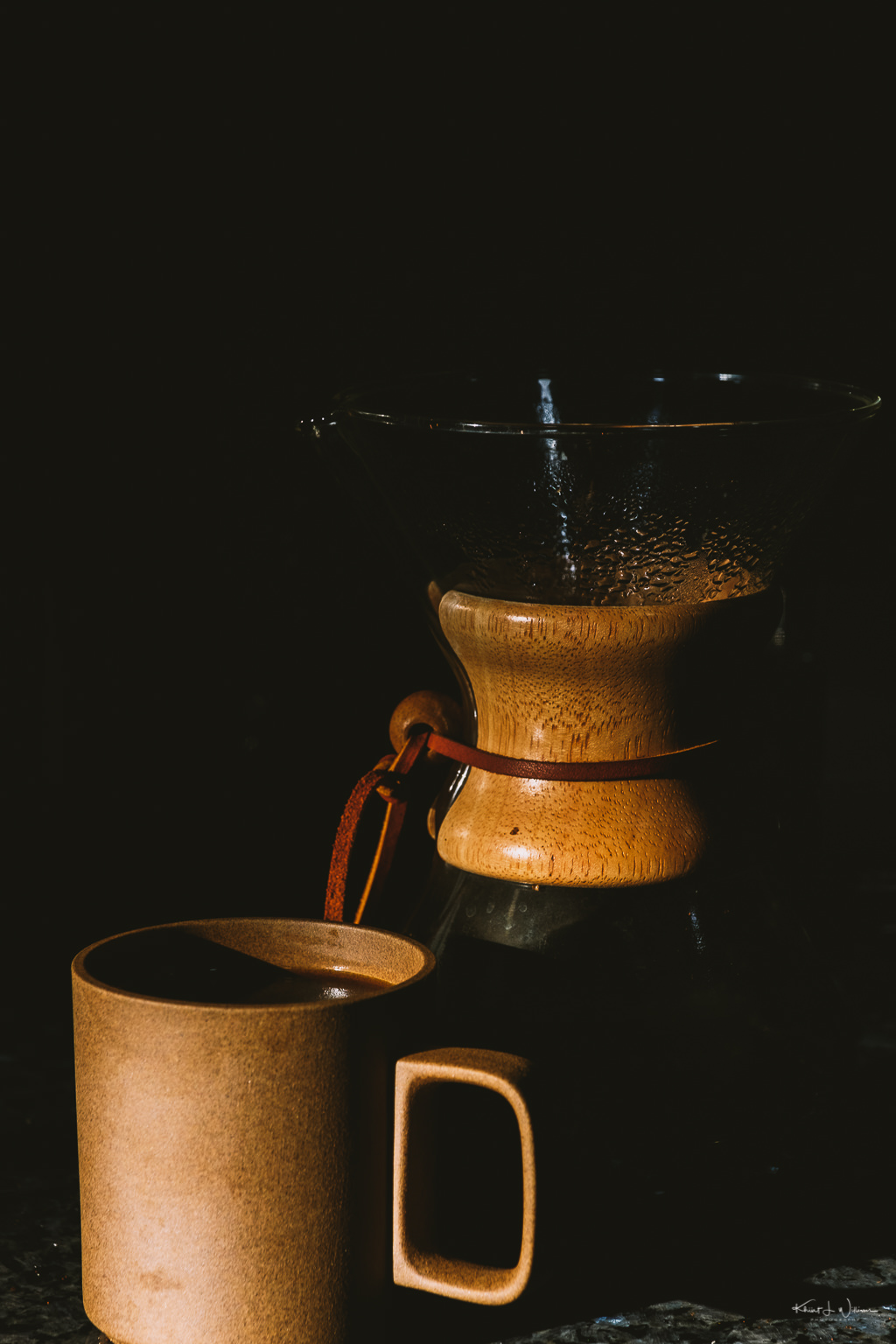
Tonight's PMUG meeting with guest Dave Hamilton was one of the best I have attended, virtual or in person. Dave's presentation was about Plex, a media server I have not used for a very long time. The last time I used Plex was circa 2011. After Dave's presentation, the conversation circled media quality and audio streaming quality. My friend Chris shared a link to experiments by a member of the xiph team. I was embarrassed to learn that my snobbish ideas about 24bit streaming digital services were unfounded. I was embarrassed because I studied digital sampling at Georgia Tech and have degrees in electrical engineering. How much have I forgotten?
I guess I won't be in much of a rush to replace the Apple Music streaming service with the 24 bit Qobuz streaming until I do my own A/B testing as to whether I can hear a difference.

Wednesday
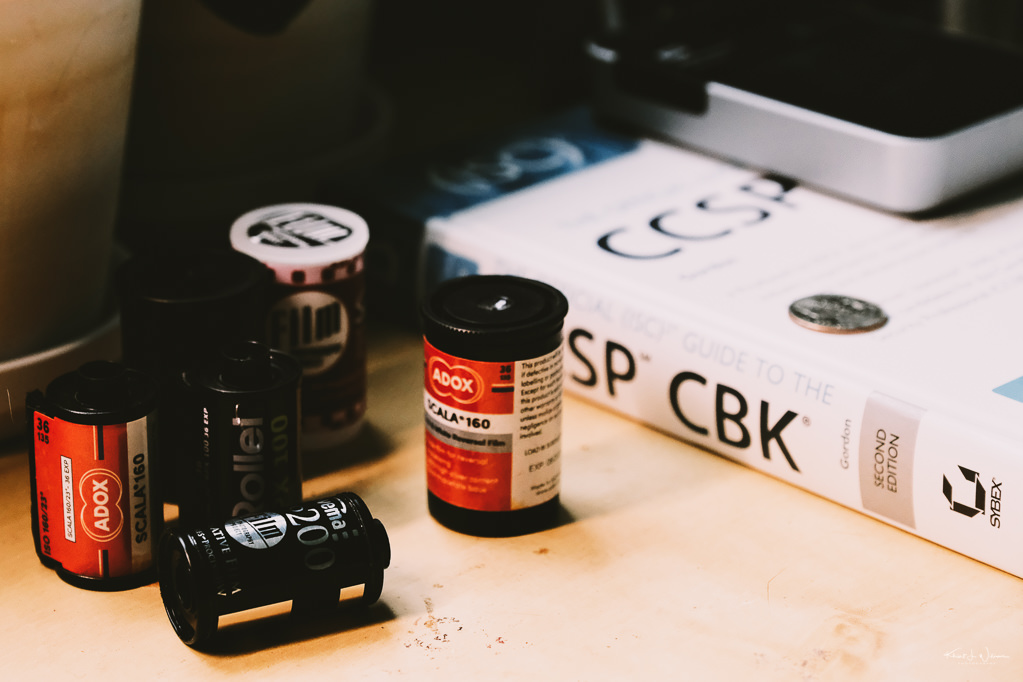
I have rolls of undeveloped Svema Foto 200, Agfa SCALA-160 and Rollei RPX 100 that has sat on my desk since February. My desire for photography has reached another lull. I feel like I have forgotten there is a world outside. I live mostly in my head now. A year ago, I would do some location scouting, plan a trip and then execute. I mostly now sit at home in front of the TV or reading photoblogs. Other photographers create a post lockdown life, and I sit at home with an extra 8.6kg around my waist.
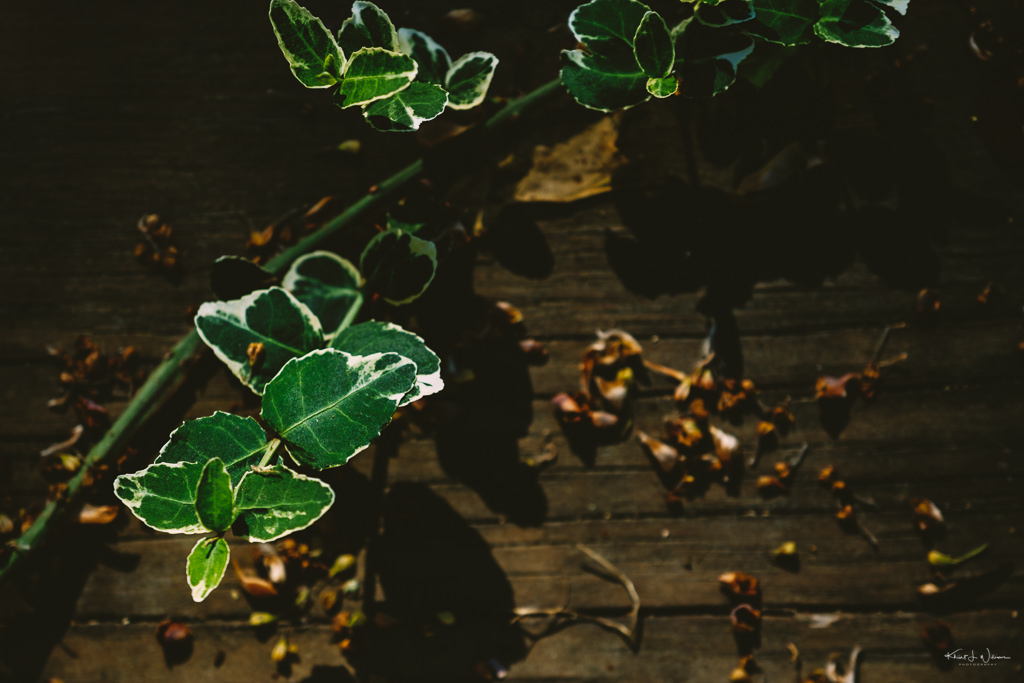
Thursday
Bhavana and I went for a hike in the Pryde’s Point-Alexauken Creek trail. We've walked this trail before starting at the trailhead on Rocktown Lambertville Road in Lambertville. Today we approached the other trail head-on Gulick Road in Ringoes. Part of the trail is on a road leading up to a residential area before cutting through a grassy meadow along a tree line.
I enjoyed this trial. I was excited to find large colonies of native species, including flowering May apple, wild geranium, and trillium. Weather permitting, I want to try this trail every few days over the next few weeks. I would be ecstatic to find flowering Trillium.

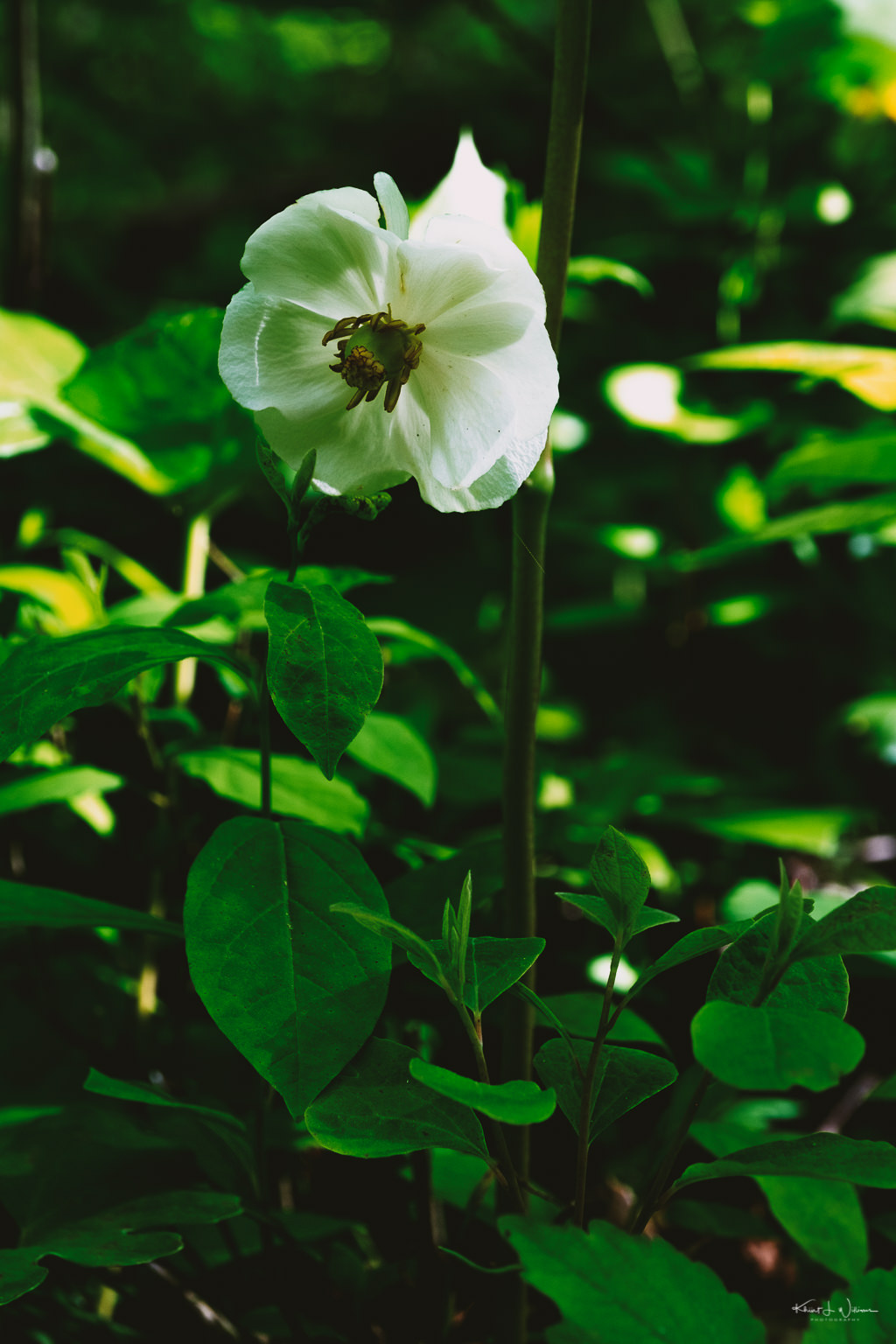
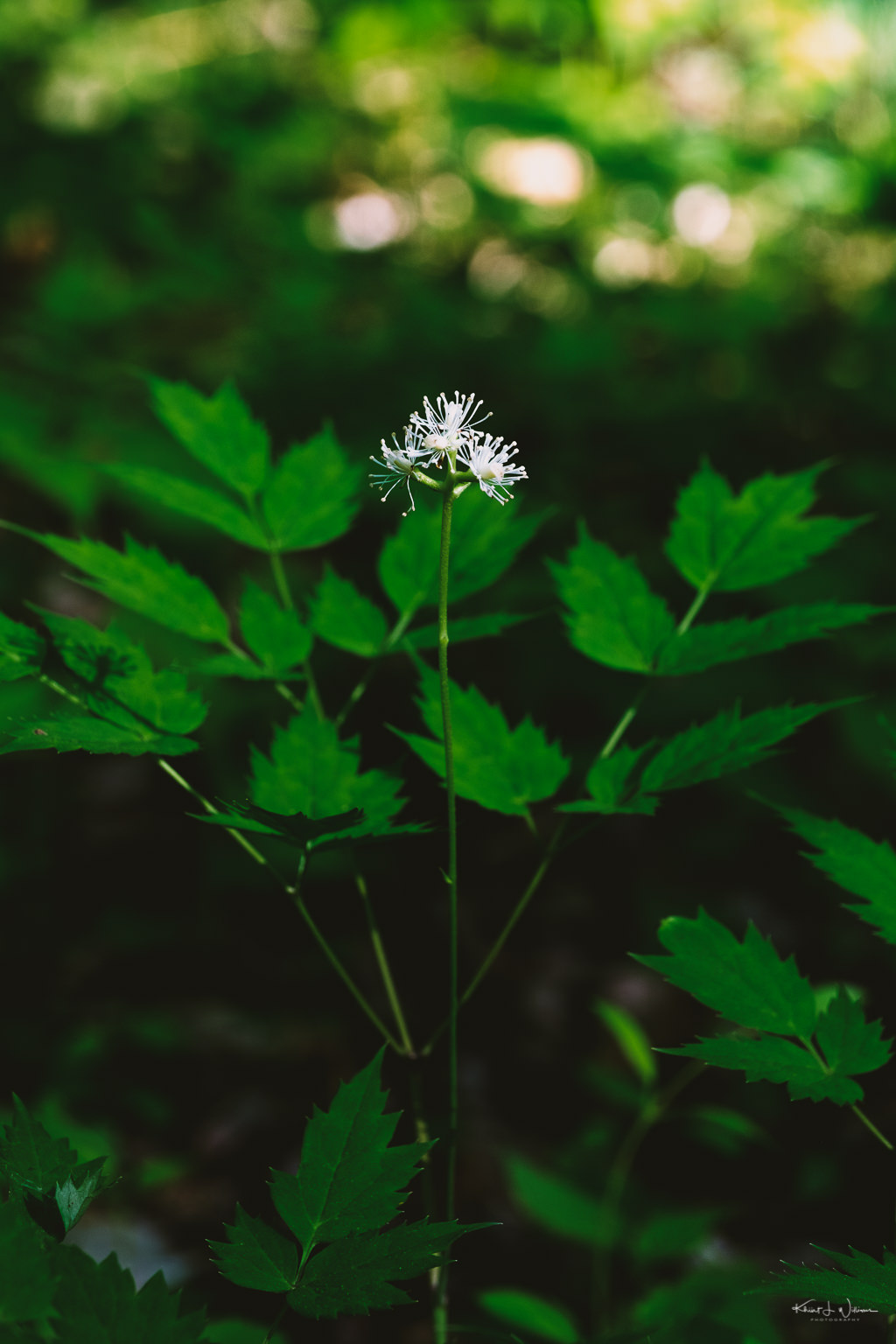
Sunday
For the Lens-Artists Challenge #147: Gardens, I had hoped to visit Ken Gardens in Far Hills. But I'm busy with work, and by Saturday, I had forgotten all about the challenge.
My garden is in a state of flux. I was born in the West Indies and was quite knowledgeable about the plants that grow there. However, until several years ago, I was unfamiliar with the native plants and flowers of North America. I had planted tulips, and bells, and lilies, etc., thinking they were native to this part of New Jersey. After a few workshops and field trips with local conservation groups, I learned about the ecosystem damage from invasive species brought over from Europe and Asia. Americans want green lawns, and pretty gardens and Home Depot and Lowes are happy to oblige with cheap offerings that require more water and chemical pest control. It's saddening and maddening.
I took it upon myself to uproot and replace every non-native plant with native plants. Native plants are more expensive, and very few places cultivate them. I bought and planted when I could. The homeowners association gave me special flags to indicate to the landscapers that my garden bed was not to be touched and was my sole responsibility. But over the years, there have been times they either forgot or were not instructed properly, and the landscape uprooted my native shoots and plants. I guess they thought they were weeds.
The blooming season is mostly over in New Jersey, and my garden is all green leaves, right. Some of my native plants survived the landscapers, and some did not. The only thing flowering is the Eastern Columbine is a shade-loving, wildlife-friendly perennial with attractive foliage and uniquely shaped flowers. I planted these several years ago in a large wooden container on my deck. It has been only in the last three years that the plant has really taken off, and it now fills the container. Columbine propagates for years and, although perennial, increases rapidly by self-seeding. I had many new plants last year, and I transplanted them to another planter in the front of the home and put one in the soil. They seem to like planters.
I am so excited that I was finally successful in growing a small Trillium colony 1. I'm not sure which type of Trillium I planted, but only four are native to New Jersey. Based on the leaf shape alone, I think I most likely planted red trillium, Trillium erectum. However, although native to New Jersey, sighting of white trillium (Trillium grandiflorum) are rare. The cause is attributed to farming practices and urban development. Trilliums grow slowly in full shade or semi-shade, and flowering may take 10 years. For this reason, propagated mature plants generally cost US$25-30. Deer also browse on trillium flowers and bracts and naturally forage on the tallest plants first. I've been spraying "Deer Out". All of the plants survived the deer, but none have flowered.
One bloodroot survived the frost, but its flower was short-lived. I could see signs of other shoots popping up, but then the landscaper dumped black mulch on everything. I complained that they ignored the flags again, and they unexpectedly returned and removed the mulch. In the process, they destroyed the young shoots. ARGH!!!!

I'm looking forward to more sunny days.
Oh, sunny days
Lift me when I'm down
Oh, sunny days
Breaking through the clouds
Oh, sunny days
- Based upon recent genetic research, trillium species have been removed from the family Trilliaceae and placed back in the Liliaceae family. Until I know otherwise, I'll keep referring use the previous classification. ↩
